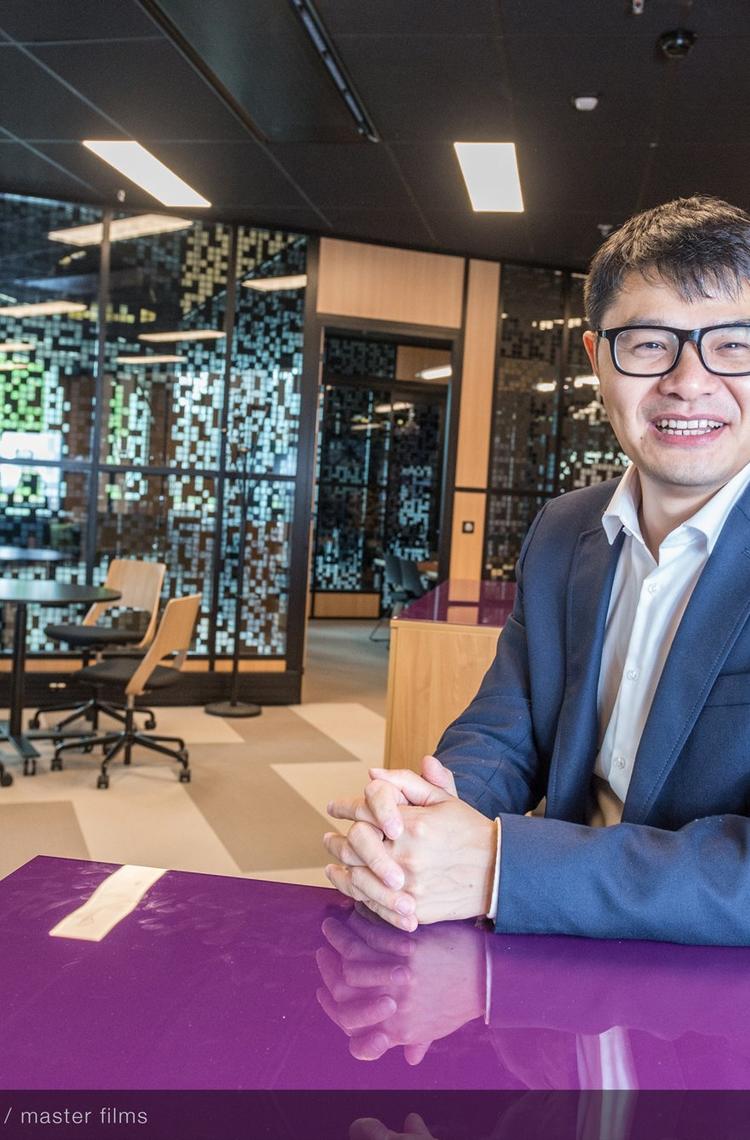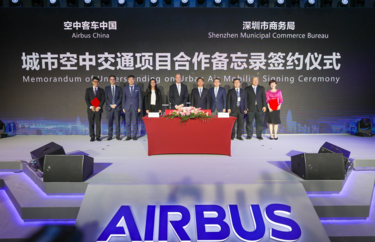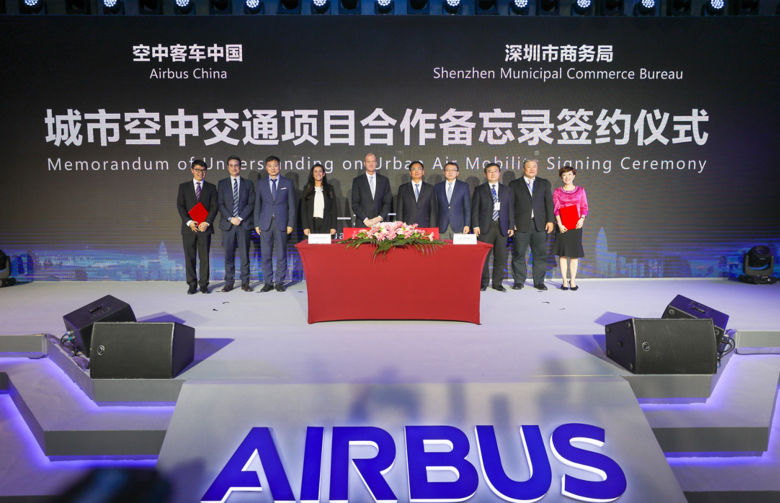Today’s innovation landscape is rapidly changing, and Shenzhen, China is quickly emerging as a powerhouse in innovation. For Airbus China Innovation Centre (ACIC) Chief Executive Officer Gang Luo, there is no better place to start a new chapter in Airbus innovation.
Inaugurated in February 2019, ACIC is Airbus’ newest innovation outpost. Thanks to the city’s reputation as an innovation hotspot, Shenzhen is an attractive location for companies looking to tap into the local expertise, technology and talent pool. In addition, many innovative companies—Huawei Technologies, Royole and DJI, among others—already call Shenzhen home. It is Luo’s mission as CEO to make sure Airbus reaps all the benefits that this innovation ecosystem can offer.
It’s important for ACIC to gain a positive reputation for innovative thinking and ways of working so local partners and start-ups will want to work with us.
- Gang Luo, Airbus China Innovation Centre CEO
“In Shenzhen, there’s a strong culture of innovation: entrepreneurship is in the blood!” he explains. “China is also a big market for many Airbus products, including commercial aircraft and helicopters. This is why we want to plant deep roots in China to benefit from this innovation ecosystem.”
ACIC is Airbus’ second innovation centre, following A³ in Silicon Valley. According to Luo, ACIC and A³ are two very complementary innovation centres. He speaks regularly with Mark Cousin, A³ CEO, to exchange ideas on new projects. The idea is to leverage the individual strengths of each centre.
At ACIC, we’ll only take on projects that make sense to do in China. And the same goes for A³ projects based in the US,” he says.
A diverse portfolio of innovative programmes
Today, ACIC teams are advancing on a number of projects in five key areas: Hardware Lab, Cabin Experience, Connectivity, Manufacturing Innovation and Urban Air Mobility (UAM). One project involves a collaboration with Huawei and China Mobile to deliver affordable high-bandwidth aircraft connectivity. In addition, ACIC has signed a Memorandum of Understanding (MoU) with the Shenzhen Municipal Commerce Bureau to explore UAM solutions in Shenzhen.
In five years’ time, Luo hopes that ACIC will have at least two products that improve the travel experience for airline customers. He also hopes that ACIC will have fostered an excellent industry reputation.
“It’s important for ACIC to gain a positive reputation for innovative thinking and ways of working so local partners and start-ups will want to work with us,” he says.



